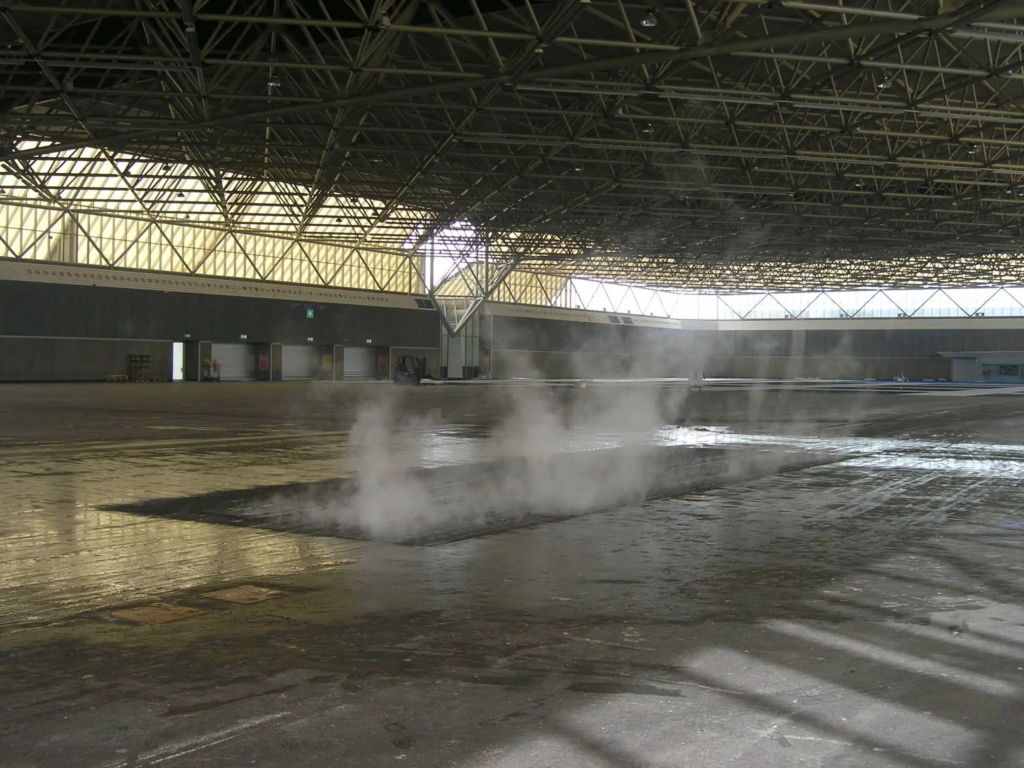
how deep should we dig to see the invisible?
WORLD BUILDING
Course convened by Ahmad Darkhabani
Architects occupy a critical position in the political act of world-building, designing realities that embody social and economic dynamics. This responsibility extends beyond engaging with the earth's surface; it involves making decisions that transform and alter invisible strata by implementing foundational infrastructure or extracting building materials. Consequently, the built environment is not as static or finished as it may appear. Its production involves processes deeply intertwined with economic, cultural, environmental, and social consequences, placing it in a state of constant flux. From this perspective, the lasting impact of building compels us to ask and think about how the ground should be approached before construction, what kind of extractive relations are invested in making architecture, and what comes after building.
Taking Lara Almarcegui’s project Mineral Rights as a starting point, we will reflect on the questions that informed the artist’s research and defined its objectives. By asking, “Who owns the globe’s sub-surface? What lies there and how is it instrumentalized?” Almarcegui was granted a mineral exploration license for the Thal and Buchkogel iron deposits near Graz. During the course, we will trace the histories of these mines, revealing how they were driven to exhaustion to produce construction materials.
Moving beyond the material value of the earth’s subsurface, Dima Srouji explores “the ground as a deep space of rich cultural weight and a space for potential collective repair” (Srouji). In her text Depth Unknown: Archaeology of Resistance, the artist examines how violence is etched into the ground while simultaneously revealing forms of resistance. Building on this, students will explore the multidimensionality of the underground as both a space where violence is documented, and as a site of resistance.
Throughout the semester, we will research subterranean architectures that expose histories of exploitation or resistance alongside other typologies often overlooked or intentionally hidden behind their functions. We will explore how the invisible reflects and relates to the built environment where our daily lives unfold. Students will use different artistic mediums, like image-making and writing, to document, observe, and critique the mechanisms and transformations that shape our world.
In the context of the course, students will practice analytical reading by collectively building a glossary around the text Notes on Reciprocity and Solidarity by Jane Hutton. Further working materials include the essay Tunnel Vision by Eyal Weizman (2021), a conversation between Dubravka Sekulić and Dima Srouji On Heritage as a Site of Urban Struggle (2025), and Armin Linke’s talk on Global Infrastructures and the Anthropocene (2023).
Image credits: Lara Almarcegui, Removing Asphalt of Exhibition Hall, Amsterdam, 2004 - Digital projection.